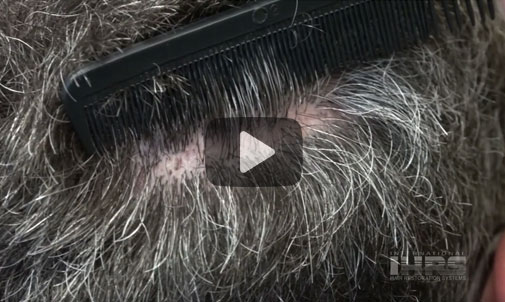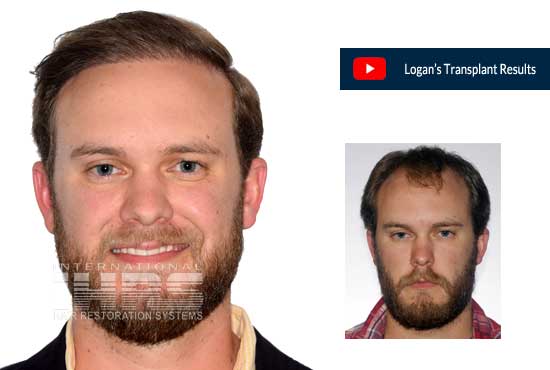Get Started with a Free Consultation
Whether you are experiencing thinning hair and want to stop your hair loss, or want more hair, we offer the latest clinically proven hair loss treatment and hair restoration solutions for men and women of all ages and hair types.
We offer a range of individually customized services and solutions to accommodate multiple medical conditions, including alopecia, chemotherapy-related hair loss, trichotillomania, and thinning hair.
Discreet, Private Consultation & Services
All of our services are provided with your complete privacy in mind. We provide a discreet, confidential, professional atmosphere which our patients appreciate.
Schedule a Consultation Today
Restore your hair and your confidence. Schedule a free, private consultation today.
Hair Restoration Jacksonville Florida – Hair Loss Treatment Solutions
Get Your Hair Back. Quickly, Naturally, & Permanently.
At IHRS in Jacksonville, Florida, we are dedicated to providing exceptional hair loss treatment and hair restoration to each and every patient with the latest and most effective hair loss solutions in the industry.
Trust Your Hair to Jacksonville’s Hair Restoration Experts
At IHRS Hair Restoration in Jacksonville, we make it easy to have great looking hair again with a complete range of clinically proven non-surgical hair restoration and hair loss treatment programs, as well as internationally acclaimed PAI Medical Hair Restoration hair transplant services and procedures. It’s now easier than ever to regrow your hair permanently and naturally with NeoGraft™ Advanced FUE hair transplantation, PAI’s exclusive Multi-Unit Hair Grafting™, as well as EHT Enhanced Hair Retention Therapy and Restoration programs to help you restore not only your hair, but your confidence and the ability to live your life on your own terms again. Get started today with a free, private, no-obligation consultation.
We Restore More Than Just Your Hair!
Hair Restoration Jacksonville Florida & Hair Loss Treatment Solutions
For over 25 years, International Hair Restoration Systems in Jacksonville has offered all proven hair restoration and hair loss treatment options for men and women, including non-surgical hair replacement, the very latest in hair transplant surgery, EHT Enhanced Hair Retention Therapy, FDA approved laser hair loss treatment programs, as well as solutions for medically related hair loss.
At IHRS, we believe in restoring more than just your hair. We help you restore the confidence and self-esteem that only comes with great looking hair! All services are provided in an atmosphere of privacy, care and confidentiality. Contact us and we’ll be happy to offer you a private consultation in which we will provide you with multiple options to suit your needs. We look forward to answering all of your questions so give us a call today! You owe it to yourself to investigate the options. Find your perfect hair loss solution today and enjoy the great looking hair you deserve.









